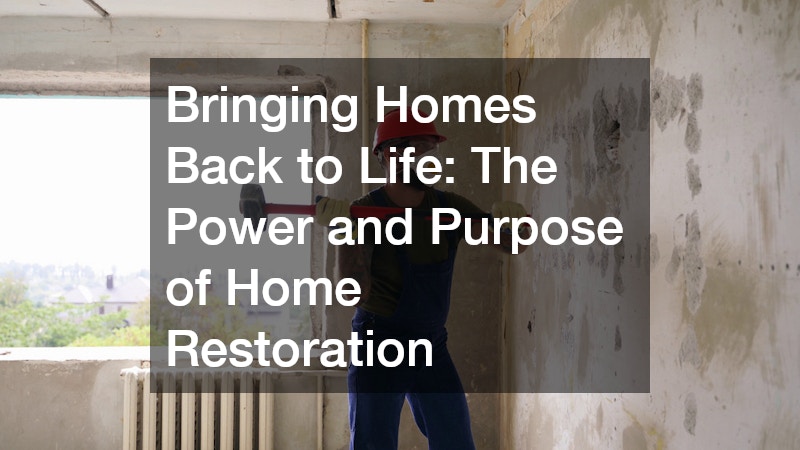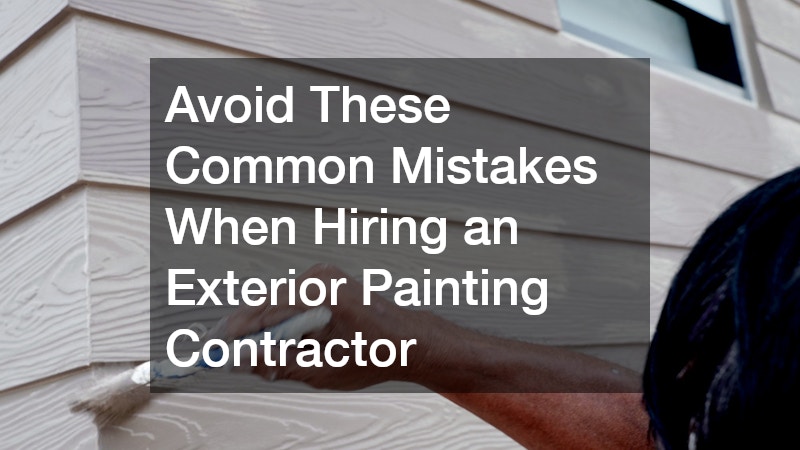The cost implications of neglecting roof maintenance can be significant, as minor issues can quickly escalate into major repairs. Regular inspections and timely repairs can prevent extensive damage and help maintain the longevity of your roof. As such, understanding the signs that indicate a need for repairs is essential for every homeowner.
What are the Common Signs That You Need Roof Repairs?
1.1 Visible Roof Damage
One of the most obvious indicators of necessary roof repairs is visible damage, which can include missing shingles, cracked tiles, or granule loss from shingles. Such visible signs should not be overlooked, as they can signify underlying problems that may worsen over time.
It is crucial for homeowners to routinely check their roofs for these visual clues and address any issues promptly.
Missing or damaged shingles can lead to water infiltration, which poses a threat to the underlying roofing materials. Cracked tiles may also compromise the roof’s ability to shield the home from adverse weather conditions, leading to leaks and further deterioration. Granule loss often indicates aging roofing materials, which decreases the roof’s effectiveness in protecting the property.
1.2 Water Leaks or Stains
Water leaks or stains on ceilings and walls are clear indicators that there may be issues with your roof’s integrity. When water penetrates the roofing material, it can lead to serious structural damage and mold growth within the home. Homeowners should be vigilant for any signs of water intrusion, particularly after heavy rain or snow.
These stains are often brown or yellow, and they can appear in areas of the home that are directly below the roof. Early detection is crucial, as prolonged exposure to moisture can cause wood rot and compromise the structural stability of your home. Furthermore, leaks can lead to an increase in humidity levels, contributing to unhealthy indoor air quality.
1.3 Increased Energy Bills
Unexpected spikes in energy bills can be a subtle yet telling sign of potential roof problems, particularly related to insulation. Roofing materials play a vital role in maintaining a home’s temperature by providing insulation against external weather conditions. When there’s a compromise in the roof’s ability to insulate, you may notice increased cooling or heating costs.
Such increases often occur when there are gaps in the roofing material due to damage or deterioration. These gaps allow air to escape, forcing your HVAC system to work harder to maintain a comfortable indoor temperature. Not only does this lead to higher utility bills, but it can also reduce the lifespan of your heating and cooling systems.
How Often Should You Inspect Your Roof for Damage?
2.1 Seasonal Inspections
Conducting seasonal roof inspections is an essential practice for maintaining your roof’s condition. Different seasons bring unique weather challenges, like snow in winter or hot sun in summer, each potentially causing distinct forms of damage. Regular inspections allow homeowners to address small issues before they develop into more serious problems.
In fall, clearing leaves and other debris from your roof and gutters can prevent future blockages and water damage. Similarly, spring inspections can uncover any issues that might have arisen from winter weather, such as ice dams or snow load damage. By paying attention to seasonal changes, homeowners can keep their roofs in optimal condition throughout the year.
2.2 Post-Weather Event Checks
Checking your roof after significant weather events is crucial for spotting immediate damage and preventing future issues. Events like heavy storms, hurricanes, or high winds can cause substantial roof damage that may not be immediately visible. After such events, it’s essential to perform a thorough inspection to catch and repair damage early.
Strong winds can lift shingles or tiles, while rain can exacerbate existing leaks or create new ones. Hail storms pose a unique threat by causing impact damage that might weaken the roofing material. By inspecting the roof after these events, you can prevent minor issues from developing into more significant problems.
2.3 Professional vs. DIY Inspection
Determining whether to conduct a DIY roof inspection or hire a professional depends on the complexity of the job and the condition of the roof. Homeowners may confidently carry out simple checks, especially when identifying obvious issues like missing shingles or blocked gutters. However, a professional inspection can provide a more comprehensive evaluation, identifying subtle signs of damage that are easily overlooked.
DIY inspections are advantageous for routine checks and minor maintenance activities, such as gutter cleaning or removing debris. Professionals bring experience and specialized tools, making them ideal for rigorous inspections, especially when roof safety or access is a concern. Understanding the pros and cons of both approaches can help homeowners make informed decisions about maintaining their roofs.
By committing to regular roof maintenance and understanding the importance of early detection, homeowners can secure their investments and home environments. Investing time and resources in proper roof care today can yield long-term benefits in terms of safety, savings, and sustainability. Ultimately, a well-maintained roof enhances the overall value and comfort of your home.
.




